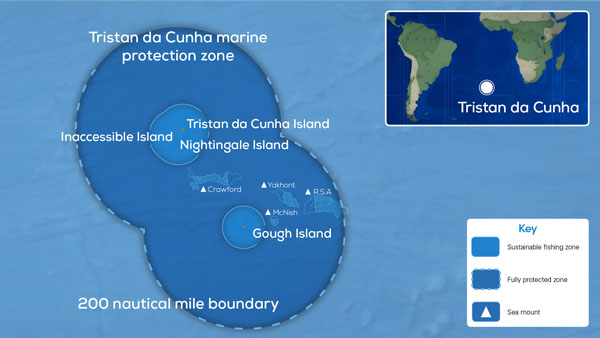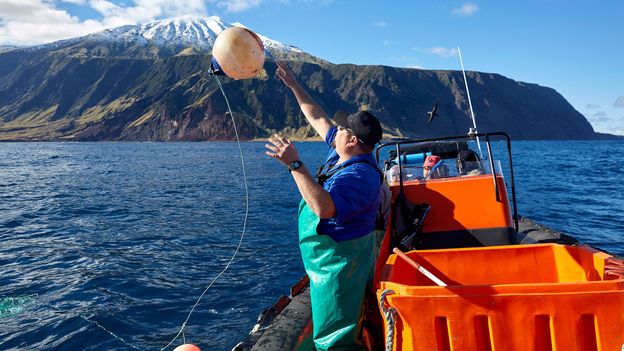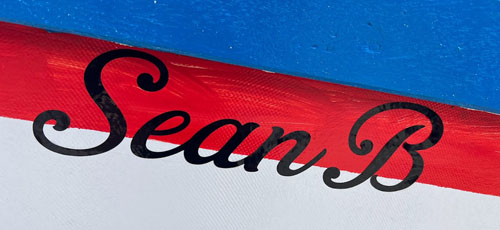Page Updated: Conservation documents available to download |
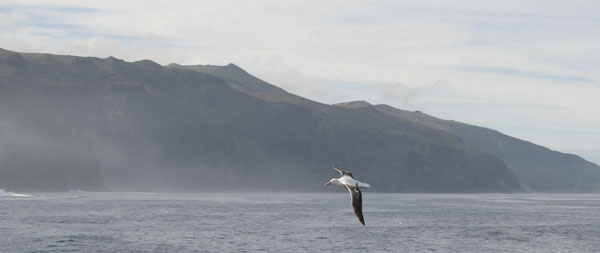 |
| The Tristan da Cunha Conservation Department leads work to protect the islands' wildlife and control alien invasive species. 2-Oct-2025 |
|
New Page: Biosecurity Measures for Visiting Vessels |
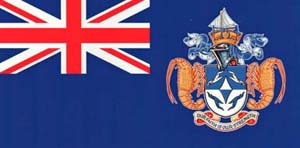 |
| Compulsory regulations to protect native species 2-Oct-2025 |
|
Young Ocean Champions in the UK |
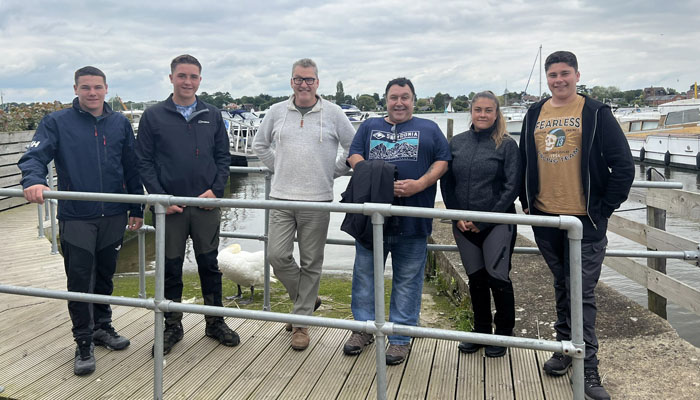 |
| Young Tristanians are undertaking intense conservation-related training across England during summer 2024. 10-Jun-2024 |
|
Tristan da Cunha achieves Blue Park Award |
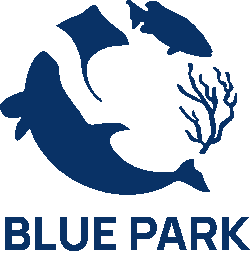 |
| Another accolade for the island's outstanding conservation work 18-Apr-2024 |
|
2023-2024 Flax Removal from Inaccessible Island |
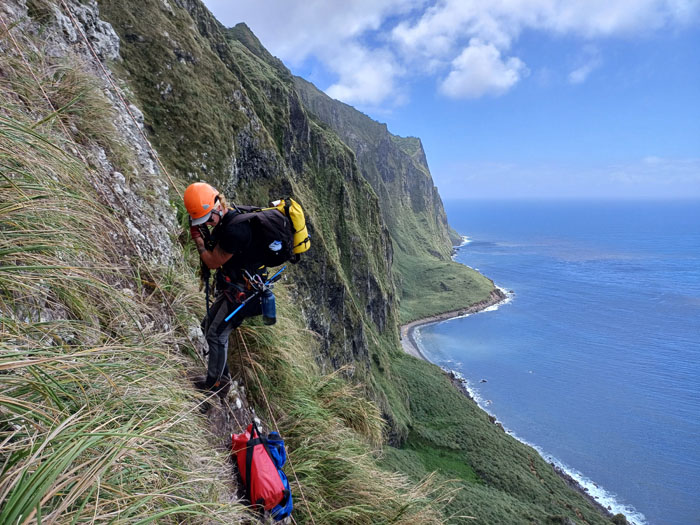 |
| Work to eliminate invasive plant from World Heritage Site 5-Apr-2024 |
|
Tristan Starchy Survey uncovers mountain Sagina spread |
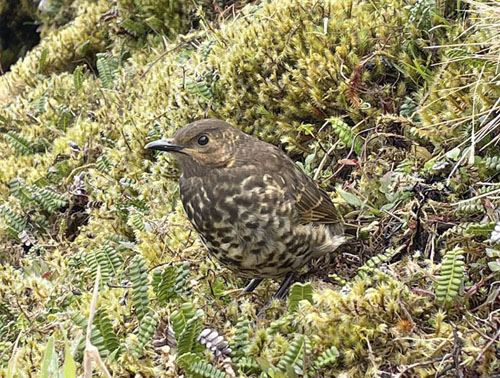 |
| Population and distribution of Tristan Thrush investigated. 13-Mar-2024 |
|
- Visit of the Yacht SV Urchin (8-Dec-2023) >>
- BEM presented to Andy Schofield (2-Oct-2023) >>
- DEFRA meeting highlights Tristan's conservation matters (20-Sep-2023) >>
- St Mary's School Celebrates World Ocean Day 2023 (18-Jun-2023) >>
- Tristan flag flies at Red Ensign Group gathering (1-Jun-2023) >>
- Tristan Conservation in focus during JMC week (14-May-2023) >>
- Two pilot whales beached on Tristan (25-Oct-2022) >>
- Tristan's Atlantic Guardians Project Report (11-Aug-2022) >>
- Tristan represented at UN Ocean Conference (5-Aug-2022) >>
- Atlantic Guardians Talk to Islanders (17-Jun-2022) >>
- World Ocean Day 2022 at St Mary's School (11-Jun-2022) >>
- James Glass gives key presentation at oceans event in London (10-Jun-2022) >>

